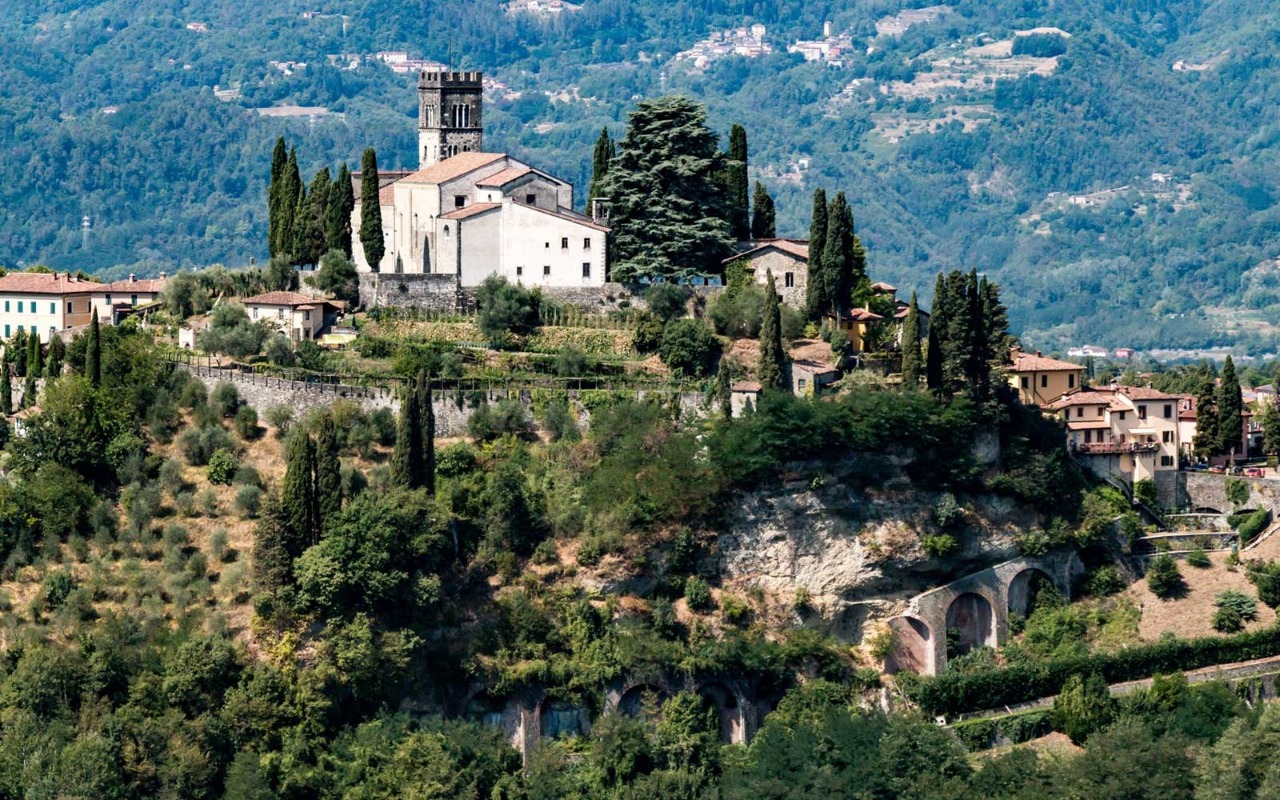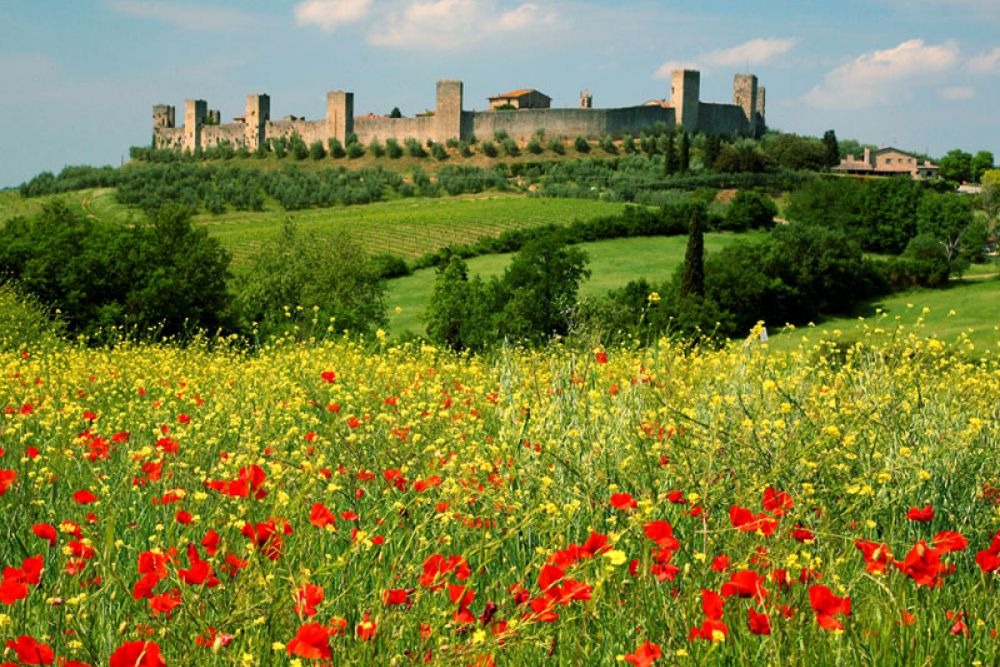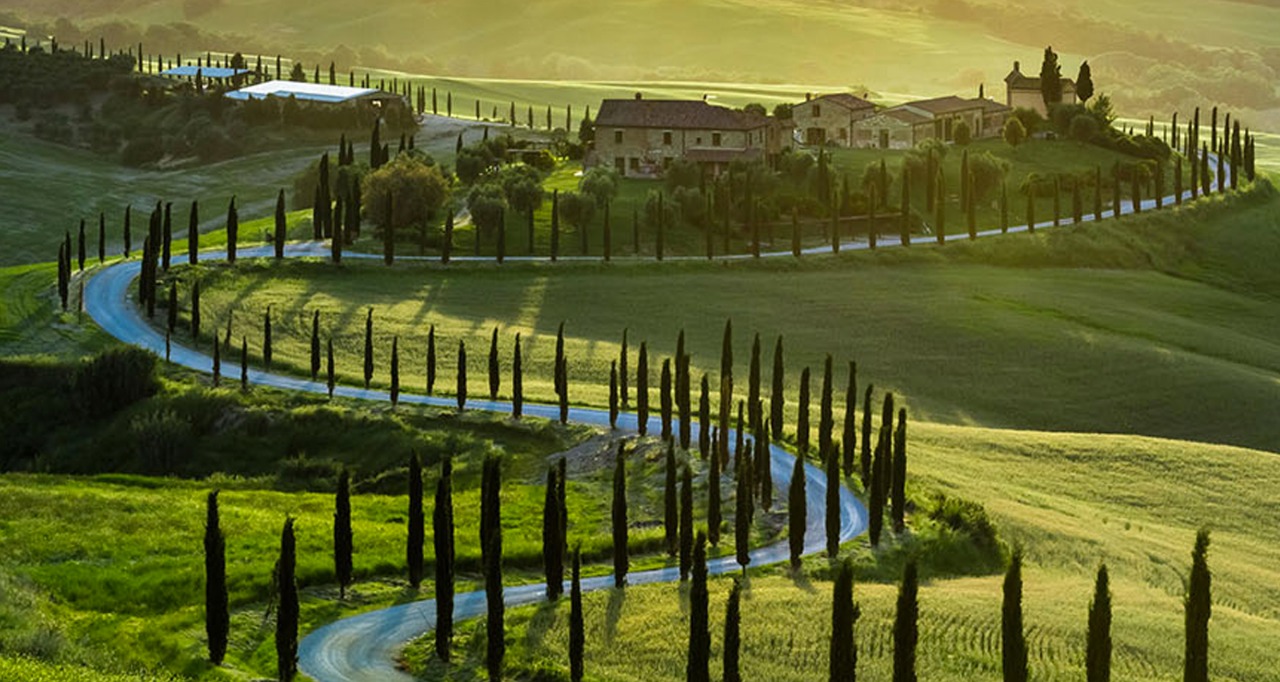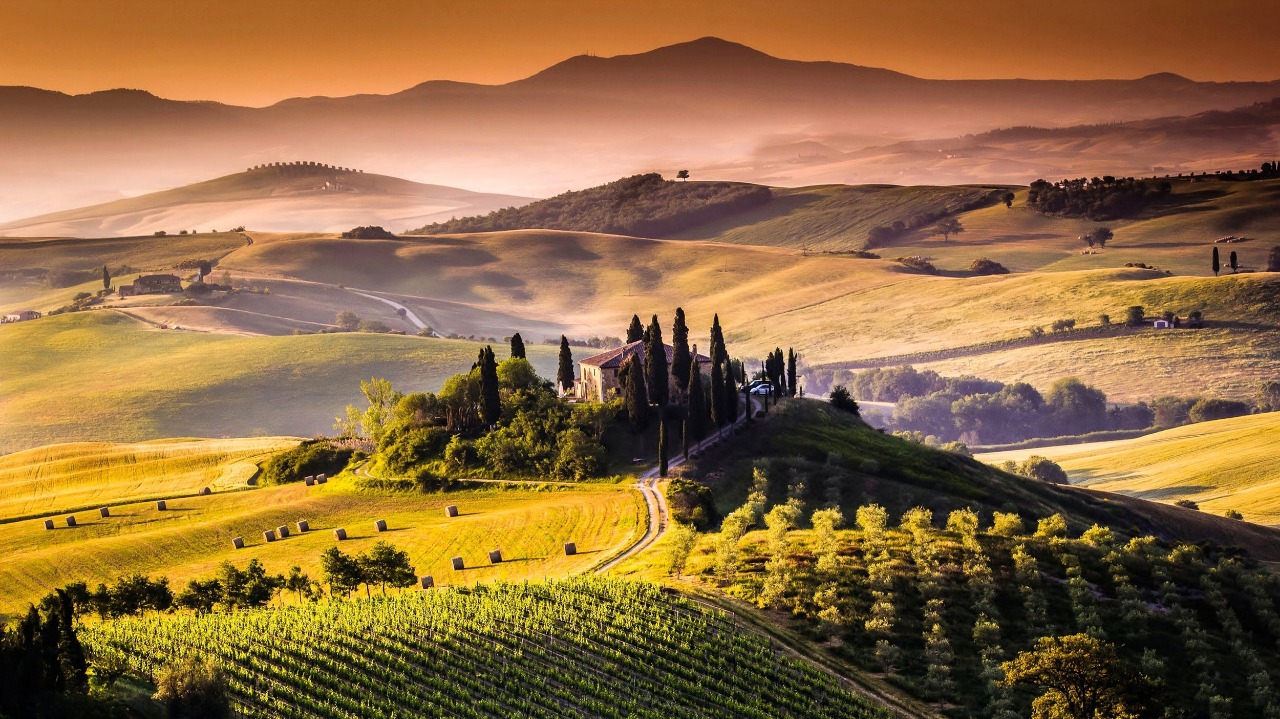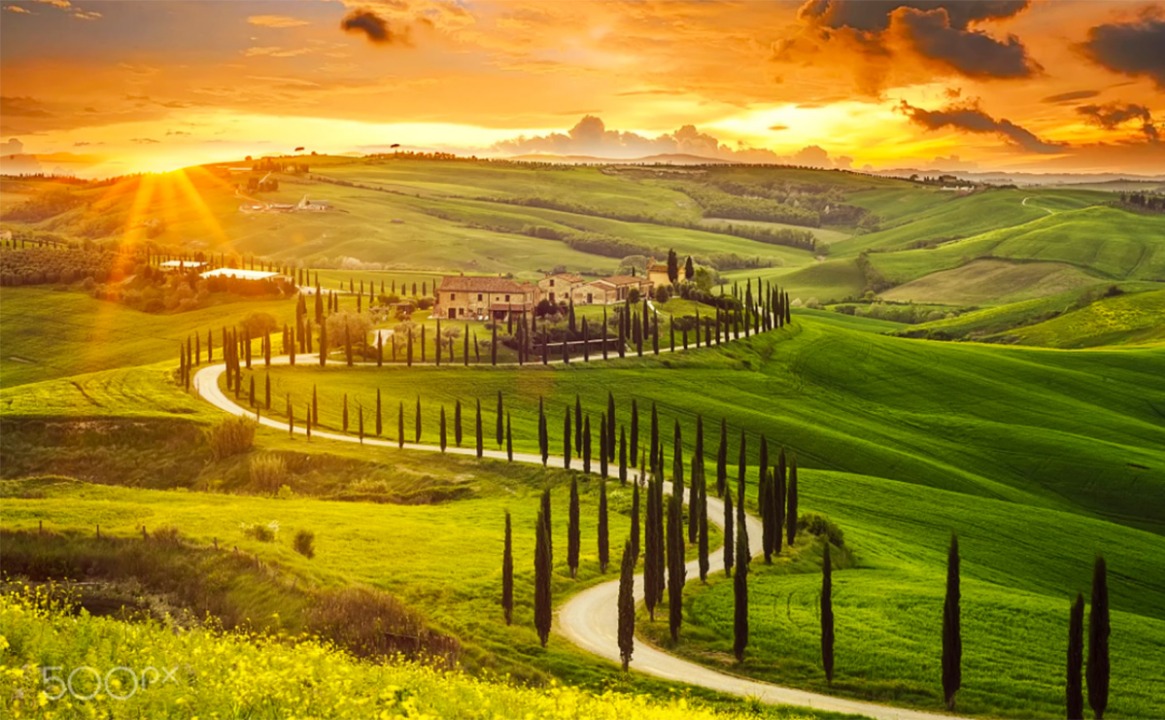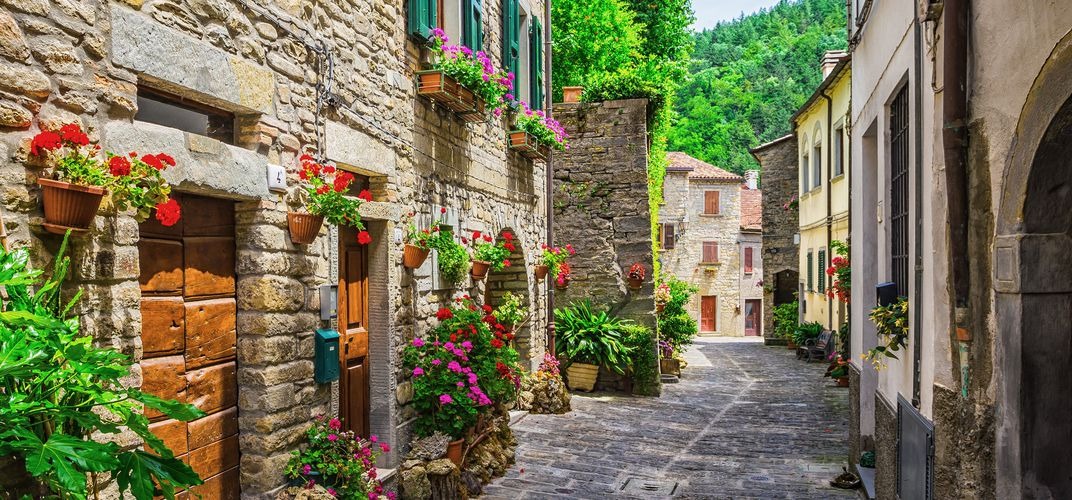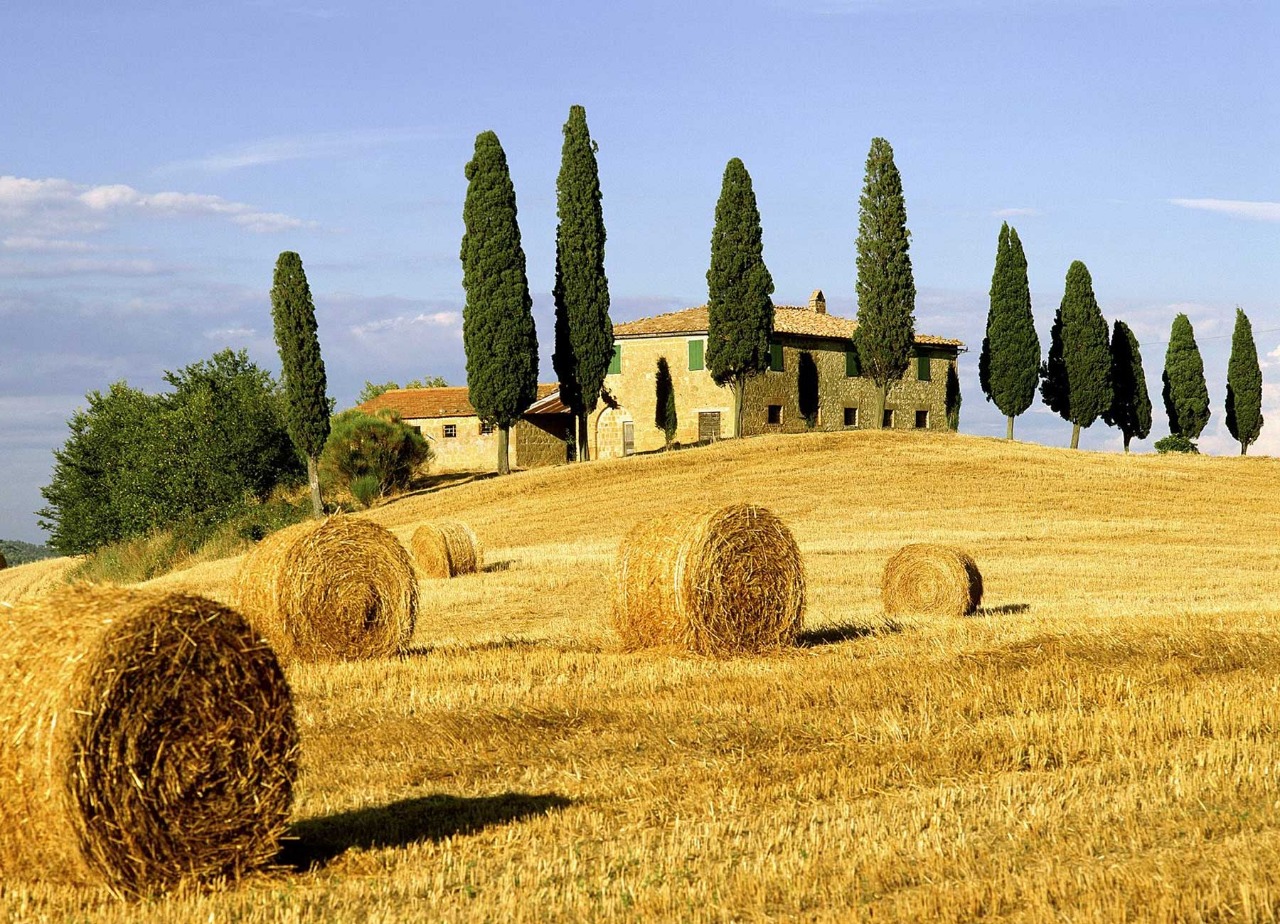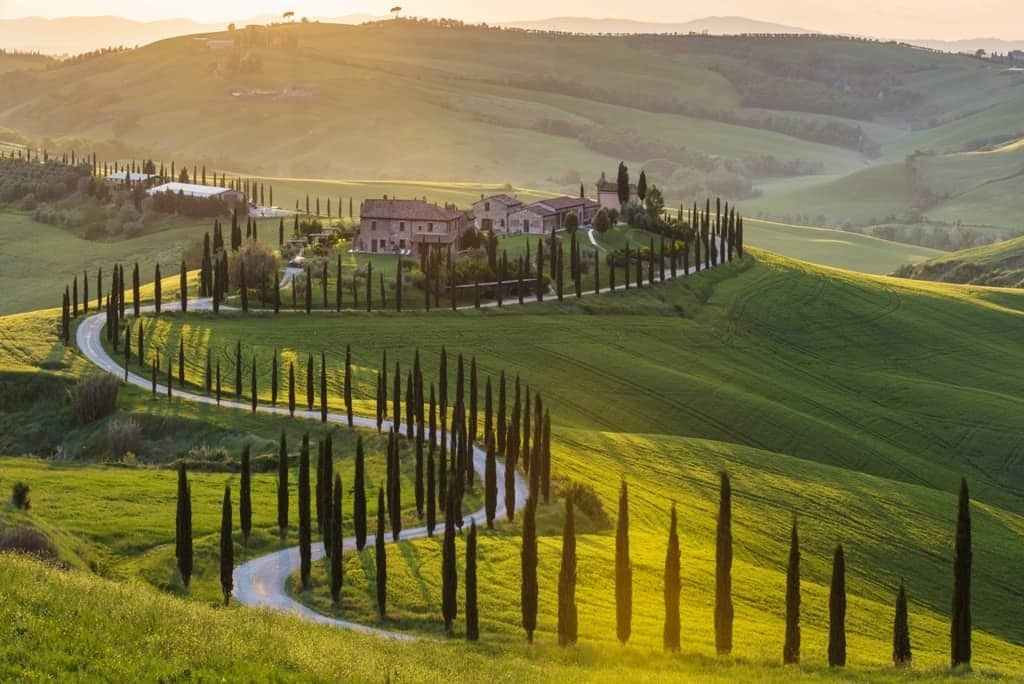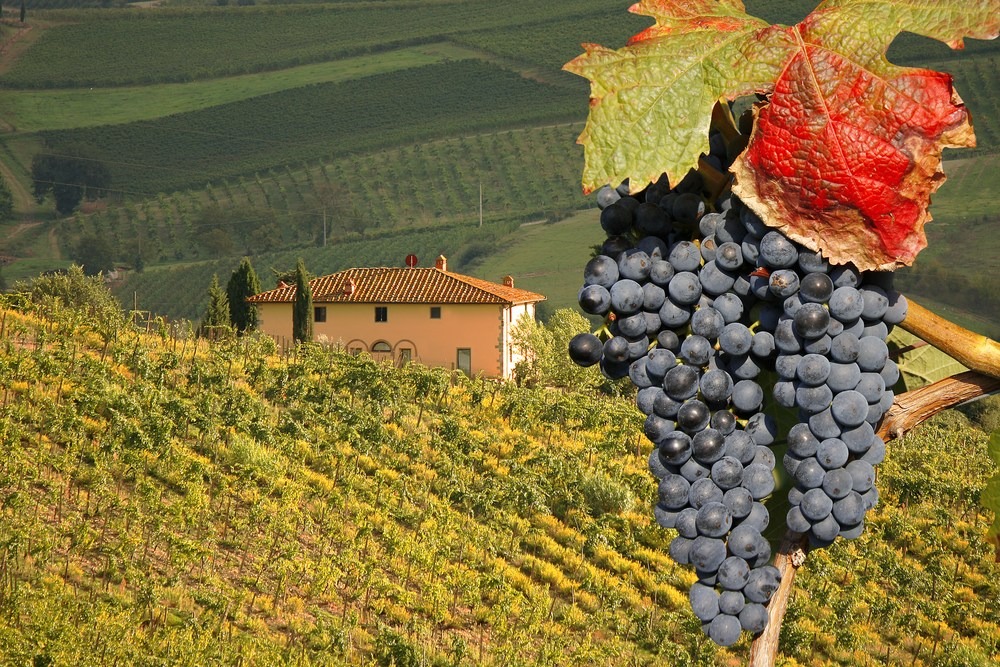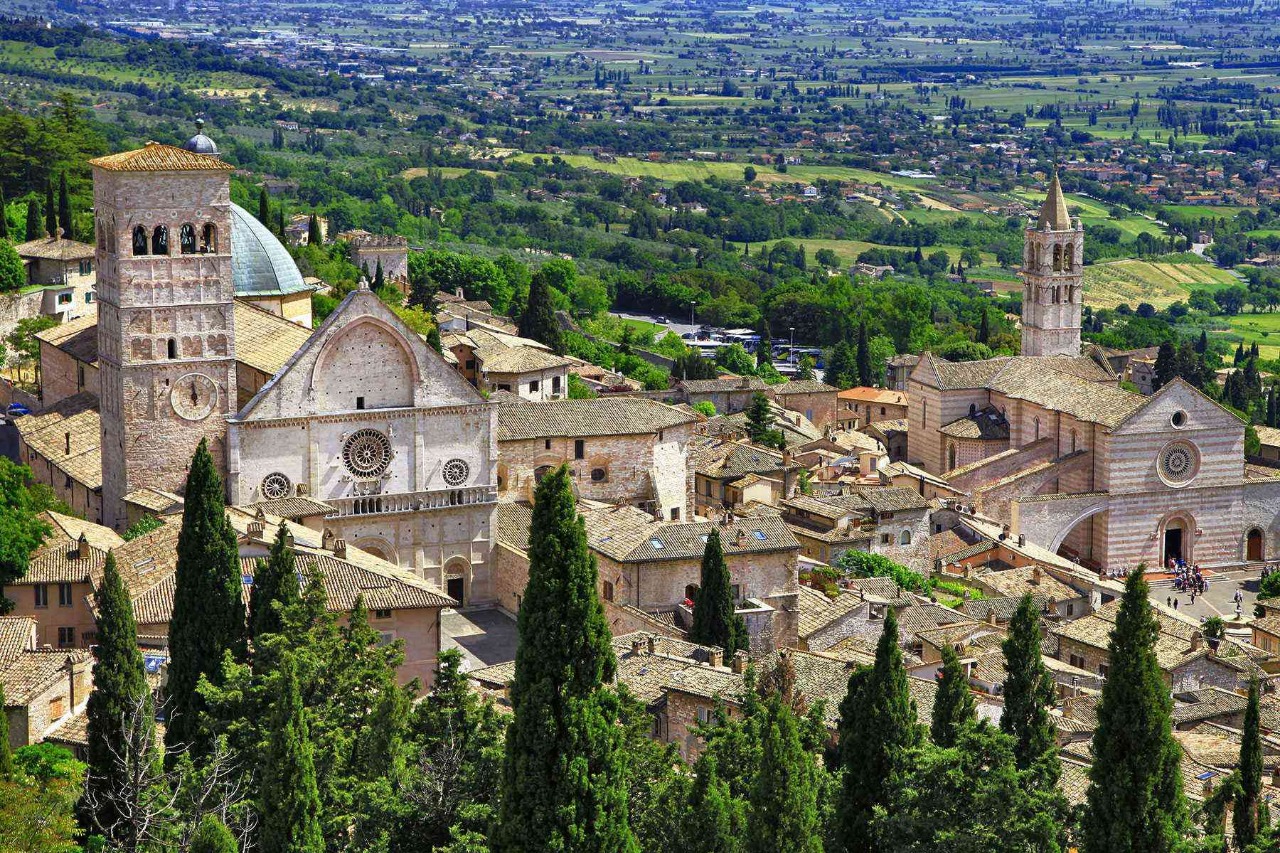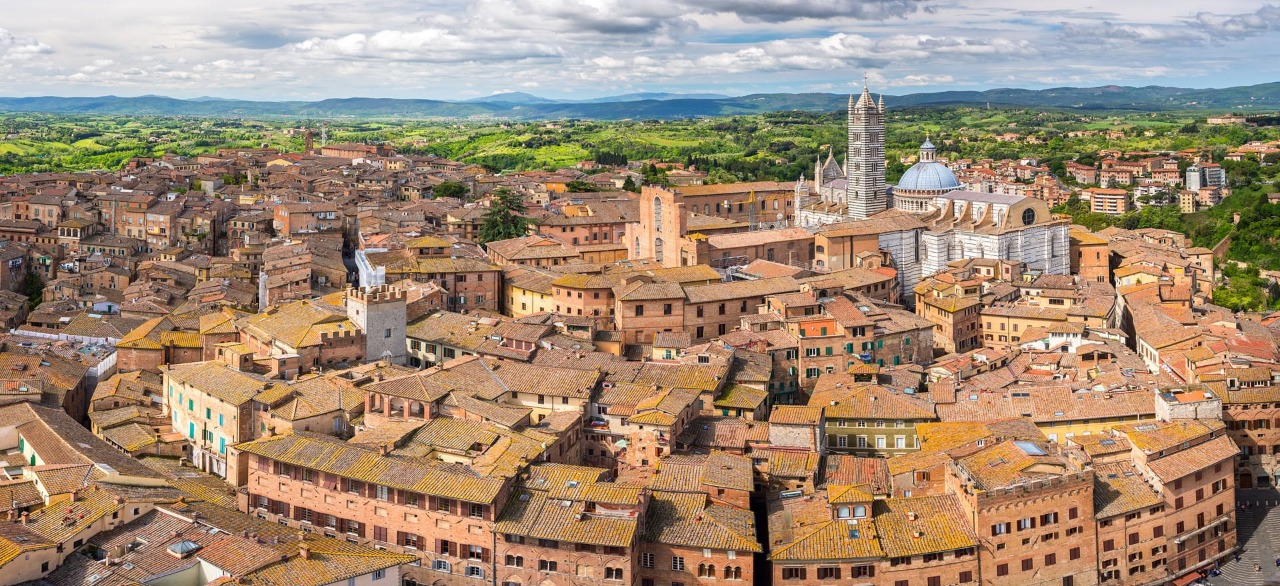Pictures of: Tuscany
Location map
Airports
Hotels and other Accommodation
Golf Courses
What to visit
Where to Eat
Consulates & Embassies
World Nomads
The Travel Insurance with the largest coverage

The Travel Insurance with the largest coverage

Tuscany
Tuscany (in Italian Tuscany) or Tuscany is a region of central Italy with about 3.7 million inhabitants and 22 997 km², whose capital is Florence. It has boundaries to the northwest with Liguria, to the north with Emilia-Romagna, to the east with Marches and Umbria and to the south with Lazio. To the west its 397 km of coastline is bathed by the Ligurian Sea and the Tyrrhenian Sea. Tuscany also manages the islands of the Tuscan Archipelago, the main one of which is the Island of Elba. Tuscany is one of the largest Italian regions in territory and number of inhabitants.
Tourism
The ancient land of Etruscan civilization is an allegory to the pleasure of living, eating, drinking and traveling. Visitors arriving here can stay in hotels of undeniable charm and comfort, feast on the best in local gastronomy, taste wines from ancient strains and visit cities, museums, churches and monuments of great historical importance. Just to get an idea, Unesco has designated six Tuscan destinations as a cultural heritage of humanity: Florence, its main city; the square of the cathedral of Pisa and its famous leaning tower; the historical center of Siena; the small and elegant San Gimignano; the medieval village of Pienza; and Val d'Orcia.
In this beautiful land, dotted with roads lined with centennial cypresses and fields of olive trees and vines, came Renaissance masters and geniuses of men like Dante Alighieri, Leonardo da Vinci, Michelangelo Buonarroti, Machiavelli, Galileo Galilei and Puccini. Its neuralgic and logistical point is Florence, the city of the powerful Medici clan, patrons of the arts and war. Here you will find the magnificent Duomo of Brunelleschi, the best museum in the area, the Galleria degli Uffizi, and dozens of other great attractions. Not far from here, near the Chianti wine route, Siena rises with its elegant walled center and the monumental square that is the scene of the dramatic horse race, the Palio. Speaking in singular public spaces, none compare to Campo dei Miracoli in Pisa. Here, one complementing the other, are the emblematic buildings of the cathedral, the cemetery, the baptistery and the belfry, the leaning tower. A few miles ahead, Lucca and its bucolic air can not be ignored.
In the eastern part of Tuscany, Arezzo holds the church of San Francisco, where are the sweeping frescoes of Piero della Francesca.
In this beautiful land, dotted with roads lined with centennial cypresses and fields of olive trees and vines, came Renaissance masters and geniuses of men like Dante Alighieri, Leonardo da Vinci, Michelangelo Buonarroti, Machiavelli, Galileo Galilei and Puccini. Its neuralgic and logistical point is Florence, the city of the powerful Medici clan, patrons of the arts and war. Here you will find the magnificent Duomo of Brunelleschi, the best museum in the area, the Galleria degli Uffizi, and dozens of other great attractions. Not far from here, near the Chianti wine route, Siena rises with its elegant walled center and the monumental square that is the scene of the dramatic horse race, the Palio. Speaking in singular public spaces, none compare to Campo dei Miracoli in Pisa. Here, one complementing the other, are the emblematic buildings of the cathedral, the cemetery, the baptistery and the belfry, the leaning tower. A few miles ahead, Lucca and its bucolic air can not be ignored.
In the eastern part of Tuscany, Arezzo holds the church of San Francisco, where are the sweeping frescoes of Piero della Francesca.
Gastronomy
Elegant and traditional, the typical Tuscan food is an invitation to pleasure. Olive oil, tomatoes, beans, hams and salami are highlights of this peasant-inspired cuisine.
The star of the local menu is the bisteca alla Fiorentina, a large and tender grilled filet, which can be served with fresh olive oil and lemon, always barely passed. In general, it is accompanied by white beans seasoned with olive oil.
The dish divides the scene with the ribollita, mixed with vegetables, beans and onions, served with slices of garlic bread. In the summer, a local culinary classic is pappa al pomodoro, with fresh tomatoes and bread soup.
About Me
You can not leave Italy without trying the tart, a traditional Tuscan dessert made of rice. The sweet slice is served with syrup and a season fruit. The variety of ice cream options is another mouth-watering delight.
There is also the panforte, a compact cake sprinkled with cinnamon and cloves of India, with ground almonds, orange peel and honey.
Cheeses and mushrooms
Among the Italian delicacies are the Parmesan and Pecorino cheeses, served even as a main course or dessert, and the wild mushrooms. Autumn is the right season to enjoy mushroom dishes.
The star of the local menu is the bisteca alla Fiorentina, a large and tender grilled filet, which can be served with fresh olive oil and lemon, always barely passed. In general, it is accompanied by white beans seasoned with olive oil.
The dish divides the scene with the ribollita, mixed with vegetables, beans and onions, served with slices of garlic bread. In the summer, a local culinary classic is pappa al pomodoro, with fresh tomatoes and bread soup.
About Me
You can not leave Italy without trying the tart, a traditional Tuscan dessert made of rice. The sweet slice is served with syrup and a season fruit. The variety of ice cream options is another mouth-watering delight.
There is also the panforte, a compact cake sprinkled with cinnamon and cloves of India, with ground almonds, orange peel and honey.
Cheeses and mushrooms
Among the Italian delicacies are the Parmesan and Pecorino cheeses, served even as a main course or dessert, and the wild mushrooms. Autumn is the right season to enjoy mushroom dishes.
Weather
Tuscany has a climate that varies greatly between different areas of the region, in general it is Mediterranean but tends to become stiffer and take a continental character away from the coast.
The climate is mild along the coast, where the Mediterranean climate is classic with hot dry summers and mild winters, average temperatures range between 28 ° C and 18 ° C in July and between 12 ° C and 4 ° C in January. Precipitation is highest in autumn, but its proportion varies considerably in the islands of the Tuscan archipelago. It has values around 500 mm per year, rising to 600 mm along the coast of Grosseto.
Further north the precipitations increase until reaching annual averages between 900 mm and 1100 mm along the coast of Versilia, in this area the highest precipitations occur between October and April. The sea water temperature varies between 25 ° C in August and 13 ° C in February, the months between June and September are best for swimming in the Tuscan sea.
In the interior plains the climate tends to be more severe during the winter and hot in summer accentuating the continental, the average maximum temperature is above 30 ° C in Florence in July and August, but in January they are under 10 ° C, while the average minimum temperatures range between 18 ° C in July and 3 ° C in January.
In areas of hills the summer temperatures decrease rather than the plains that make summer heat bearable. Precipitation varies between 600 mm in the driest areas south of Siena (Val d'Orcia, Val di Chiana and Crete Senesi) to 1000/1200 mm of hill areas near the Apennines, in Garfagnana an annual average of 1300 mm. Precipitation is more frequent in the autumn, between October and December.
In the Apennine mountains, temperatures decrease with increasing height, in winter there are average minimum temperatures close to zero or below zero in many places in the Apennines. Rainfall increases significantly, reaching 2000 mm for higher areas of the Apennines and in the Apuan Alps, in these areas rainfall is well distributed in each month of the year with a small decrease in the summer months.
Snow is common, from December to March, at the highest altitudes of the Apennines, the Apuan Alps and Mount Amiata. But between December and March occasional periods of snow are also possible in areas of hills near the Apennines, in the Chianti and in the Colline Metallifere, sometimes the snow also reaches the plains.
Any time of year is perfect for a trip to Tuscany. The best period is still the months between April and September, which are characterized by long days and clear and sunny weather. To visit art cities, spring, between April and June, is the best time, the weather is not very hot, as it happens in the summer months, the days are long, good is also the month of September. Along the coast the months between June and September are more suitable.
The climate is mild along the coast, where the Mediterranean climate is classic with hot dry summers and mild winters, average temperatures range between 28 ° C and 18 ° C in July and between 12 ° C and 4 ° C in January. Precipitation is highest in autumn, but its proportion varies considerably in the islands of the Tuscan archipelago. It has values around 500 mm per year, rising to 600 mm along the coast of Grosseto.
Further north the precipitations increase until reaching annual averages between 900 mm and 1100 mm along the coast of Versilia, in this area the highest precipitations occur between October and April. The sea water temperature varies between 25 ° C in August and 13 ° C in February, the months between June and September are best for swimming in the Tuscan sea.
In the interior plains the climate tends to be more severe during the winter and hot in summer accentuating the continental, the average maximum temperature is above 30 ° C in Florence in July and August, but in January they are under 10 ° C, while the average minimum temperatures range between 18 ° C in July and 3 ° C in January.
In areas of hills the summer temperatures decrease rather than the plains that make summer heat bearable. Precipitation varies between 600 mm in the driest areas south of Siena (Val d'Orcia, Val di Chiana and Crete Senesi) to 1000/1200 mm of hill areas near the Apennines, in Garfagnana an annual average of 1300 mm. Precipitation is more frequent in the autumn, between October and December.
In the Apennine mountains, temperatures decrease with increasing height, in winter there are average minimum temperatures close to zero or below zero in many places in the Apennines. Rainfall increases significantly, reaching 2000 mm for higher areas of the Apennines and in the Apuan Alps, in these areas rainfall is well distributed in each month of the year with a small decrease in the summer months.
Snow is common, from December to March, at the highest altitudes of the Apennines, the Apuan Alps and Mount Amiata. But between December and March occasional periods of snow are also possible in areas of hills near the Apennines, in the Chianti and in the Colline Metallifere, sometimes the snow also reaches the plains.
Any time of year is perfect for a trip to Tuscany. The best period is still the months between April and September, which are characterized by long days and clear and sunny weather. To visit art cities, spring, between April and June, is the best time, the weather is not very hot, as it happens in the summer months, the days are long, good is also the month of September. Along the coast the months between June and September are more suitable.
Other tourist destinations in:
Italy
Italy
Other world tourist destinations
Why to book with BOOK HOTEL OPORTO
The best prices
Our partnerships with the world´s largest operators offer research on the best market prices.
More options
At Rotas Turisticos you can book the hotel, buy the air ticket, book the transfer from the airport to the hotel and vice versa, book the local excursions, rent the car, take travel insurance and consult the places to visit and where to go.
Holiday Tips & Destinations
Hundreds of holiday destinations with all the options that allow you to easily choose the destination that best suits your dream vacation.
BOOK HOTEL OPORTO
Links

